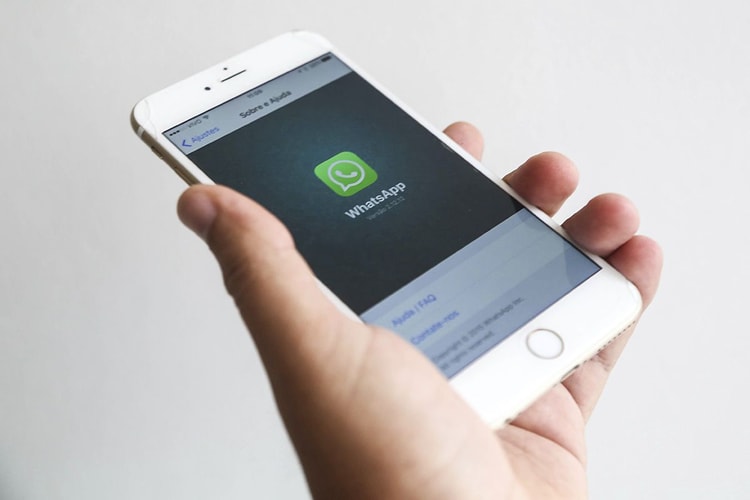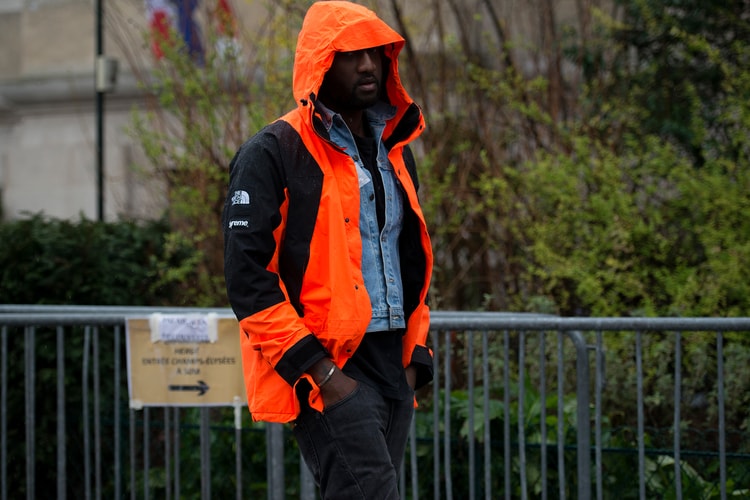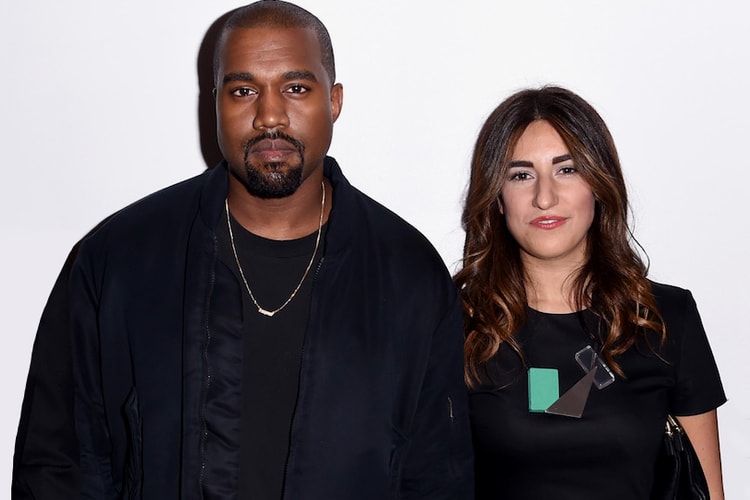The 94-Year-Old Inventor of the Lithium-Ion Battery Has Come up With the Next Great Battery Design
The efficient, low-cost creation could be the next major breakthrough for electric cars.

Known for his role in the development of the lithium-ion battery, John B. Goodenough — now an emeritus professor at the Cockrell School of Engineering at the University of Texas, Austin — has come up with what may be the next major battery-related breakthrough: a tiny all-glass design. Developed by Goodenough and senior fellow Maria Helena Braga alongside a team of researchers, the new low-cost, solid-state design is both safer and more efficient than its predecessor thanks to its use of a sodium- or lithium-coated glass electrolyte — one that can store three times as much power as a lithium-ion alternative. Best of all, though, is that the battery can withstand extreme temperatures, charge in just minutes, and offers more than 1,200 charge-discharge cycles — meaning it will last significantly longer than a lithium-ion battery. And the glass design isn’t only cheaper and more efficient — it’s safer, too. Since it doesn’t form the dendrites that accumulate with a lithium-ion battery’s charge-discharge cycle, the glass battery won’t short circuit or burn — a problem that ultimately plagues its lithium-ion counterpart.
Ultimately, the technology could be used to store energy from the likes of wind and solar systems and also make electric cars infinitely safer and more affordable. “Cost, safety, energy density, rates of charge and discharge and cycle life are critical for battery-driven cars to be more widely adopted. We believe our discovery solves many of the problems that are inherent in today’s batteries,” said Goodenough.















